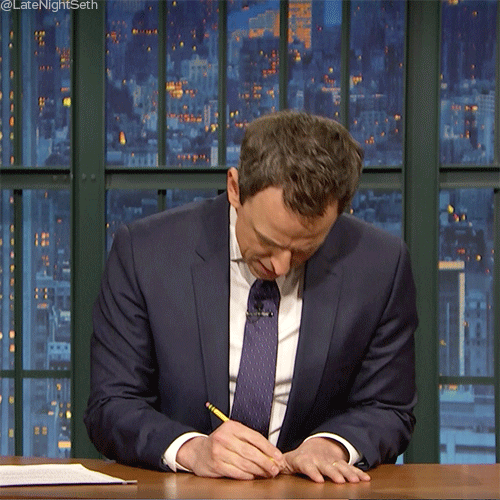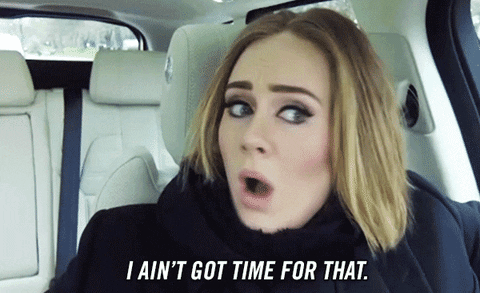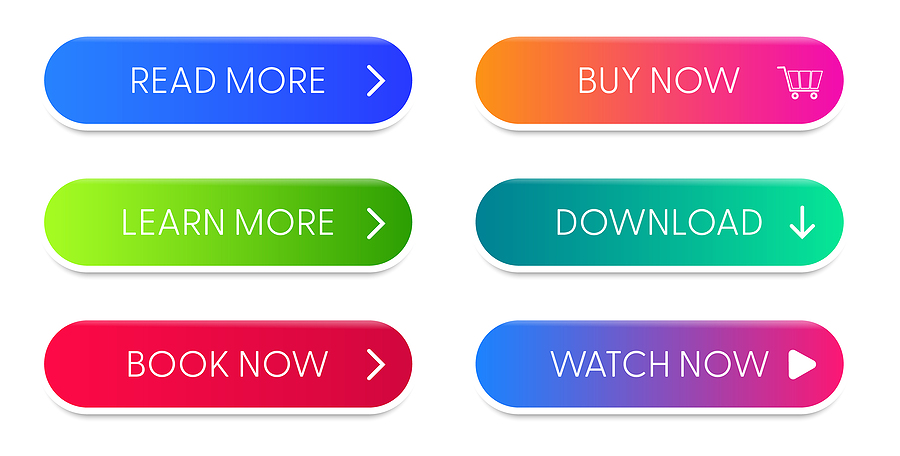Fun Newsletter Ideas To Wish Your Prospects Happy Holidays
Many businesses use holiday newsletters as a chance to boost sales and announce last minute deals. Other companies opt to use their holiday...

We’re of the opinion that every business should have some kind of newsletter — and most businesses do! But how many of those newsletters are actually being read?
And how many of them actually convert?
Writing engaging emails can be difficult, especially if you’re trying to drive sales and conversions. Today, we’re going to help you write a compelling newsletter that your subscribers will actually look forward to receiving.

If you don’t already know, a newsletter is an email that offers readers and fans who subscribe a list of your most interesting content, announcements, and promotions.
The most effective newsletters entertain and inform the reader, while also encouraging them to engage with your business in some way, whether that’s buying a product or service, signing up for an upcoming webinar, or simply reading a recent blog you wrote. They should also provide value to your subscribers, so that your subscribers can actually look forward to your newsletters.
Simply put, your newsletter should aim to accomplish three things:
But there’s a problem businesses face these days: a study conducted a couple years ago reported that there were over 3.7 billion email users worldwide. To make matters worse, we’re sending and receiving about 269 billion emails every day. Sheesh!
So the question is, how do you make sure you’re being heard by your customers? How do you stand out from the white noise?

If you want to make sure your newsletter stands out from the crowd, you’re going to need to put a little thought into it before you begin writing. You’re going to need a strategy, and your strategy will hinge on two questions:
To make sure that your newsletter will actually be read by your recipients, you want to make sure that it’s the right message for the right people. That means you need to define your target audience before you start writing.
Who are they? What are their demographics? What are their interests? What kind of content do you already know they like receiving?
The more information you have about your audience, the easier it will be to write for them. Email segmentation is a great way to separate your subscriber list into different categories, making it easier to tailor your message to specific groups.
Ask yourself why you’re wanting to create a newsletter in the first place. What goals are you trying to meet?
Are you trying to keep your customers engaged with your brand? Are you hoping to build and nurture relationships with your subscribers? Are you trying to boost sales? Increase brand awareness? Promote events?
The good news is that newsletters can do all of the above. But identifying your goals will allow you to narrow down the type of content you will include in your newsletters. You can also have a newsletter that targets a different objective each month, or a hybrid newsletter that accomplishes 2 or 3 goals at once.

Once you understand who your audience is and what the goal of your newsletter is, it’s time to gather the materials for your newsletter. So, what do you want to include?
For example, if you’re trying to promote an event, you may want to include photos and videos of past events. Whereas if you’re trying to nurture relationships with your subscribers, you might provide curated articles to educate them on interesting, relevant topics.
Make a list of any links, blogs, articles, photos, videos, or other multimedia content you plan on including. Here are some tips for choosing high quality content:
You get to decide how simple or complex you want your newsletter to be. Many effective newsletters simply have one valuable piece of information for subscribers, while other newsletters promote a blog, event, and new service all in one email.
By this step, you should know your target audience — do they have the interest and attention span required for a longer newsletter? Do you have the content for a longer newsletter?
Or would a shorter, simplistic newsletter be better suited to their tastes?
The great news is that you can start with one format and change it up if things aren’t working. No matter what, you’ll want to start with a greeting and an introductory section. This section can be 1-3 paragraphs. You don’t want to make it longer than that, otherwise people won’t read it.
Then comes the meat and potatoes of the newsletter. Section it out based on what you're promoting. Each section should have a title and at least one sentence describing what it is (unless it’s incredibly obvious). And don’t forget to include your calls to action!
Now it’s time to draft up your newsletter. The four following points will help you create your newsletter copy.
1. Write… Just write!If you’re not a professional or recreational writer, writing content can feel daunting. Luckily, writing is easier than you think. Here’s a good rule of thumb: Sounding human is more important than sounding smart. Use contractions to sound more approachable (i.e., “won’t” instead of “will not”), and keep your sentences simple and to the point. Cut out fluffy descriptive words wherever you can – they’re not really necessary, and they often distract from the point. Make the value of your post clear by asking yourself, "What is the reader getting out of this?" And if you’re feeling stuck, remember: You can always go back and edit later — just focus on getting the words onto paper!
2. Watch Your ToneWhen writing your newsletter, you want to make sure your tone matches that of your brand voice. Is your brand no-frills and straight to the point? It’s a good idea to keep your tone professional throughout the newsletter. Is your brand playful and whimsical? Feel free to tone it down, be more casual, and include emojis and exclamation marks.
3. Use ExamplesIf you’re not experienced in newsletter writing, look for examples of the type of newsletter you’d like to send. With a quick Google search, you should be able to come up with at least three examples. Use these as inspiration for the kind of sentence structure and word choice you can include in your own newsletter.
4. Don’t Forget To Edit!Run your newsletter copy through an online editor like Grammarly or Hemmingway Editor. I recently heard a very helpful tip regarding editing content: When it comes to making content easy to read, neither “and” nor commas are your friend. So what does that mean? It means keep your sentences as simple as possible. Resist the temptation to stuff as much information as you can into one sentence.
I usually like to save writing the subject line for last, after the newsletter has already been written. Your goal with writing a subject line should be to touch on the most important (or most interesting) part of your newsletter. You want to write something that’s going to be attention grabbing without sounding like spam. Don’t be afraid to get creative!
Your subject line can create different reactions in a reader. It’s up to you to decide which type of subject line your newsletter should have. Here are some tips to start you off:
Want to make sure your subject line is up to snuff? Try out a free online tool like SubjectLine.com, where you can type in your subject line and it will be rated on its effectiveness. They’ll also offer suggestions on how you can improve it.
On a practical note, to keep your subject line from being cut off in someone’s inbox, it should be no longer than nine words and 60 characters.
Ever heard of A/B split testing? If not, you’re in luck – we wrote a whole blog about it here!
A/B split testing is a way to compare two different versions of something—in this case, it could be subject lines, copy length, number of articles included, etc.—to see which one performs better with your audience. Subscribers will be shown one of two variants at random, and data will be gathered to determine which variant performs better.
Using A/B testing on your newsletters can be a great way to figure out what type of content your subscribers like receiving. In the end, this process of gathering data can help you get better open-rates, more clicks, and ultimately more conversions!

At Wild Fig Marketing, we understand how hard it is to juggle running a business, and that adding marketing efforts into the mix is even more so! Let our team of marketing professionals write company newsletters that not only engage and nurture your audience, but also drive conversions.
When you partner with Wild Fig, we work closely with you to get a deeper understanding of your business goals and target audience, and then tailor each newsletter so that it resonates with your customers. Schedule a 15-minute exploratory phone call with us today to learn more about how we create newsletters that readers look forward to every month.
Many businesses use holiday newsletters as a chance to boost sales and announce last minute deals. Other companies opt to use their holiday...

Even if you have no idea what a call to action is, chances are good that you’ve seen hundreds, maybe even thousands of them! Every time you see a...
![How To Write Great Email Copy [10 Quick Tips]](https://www.wildfigmarketing.com/hubfs/bigstock-African-American-Girl-Using-La-469675363.jpg)
Let's be honest – when it comes to email marketing, it's easy to feel like a tiny fish in a big, overcrowded pond.